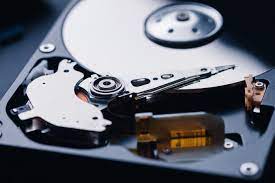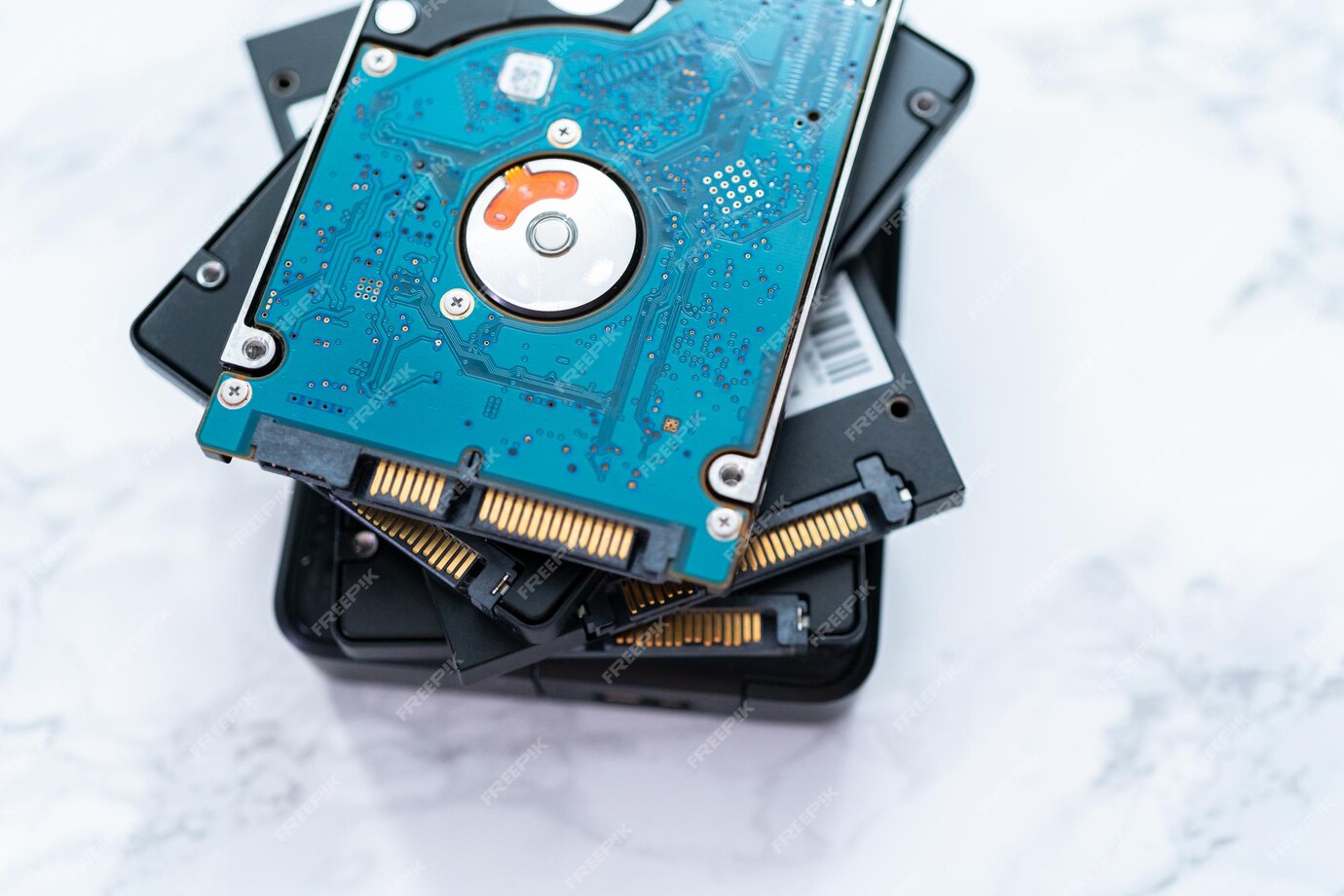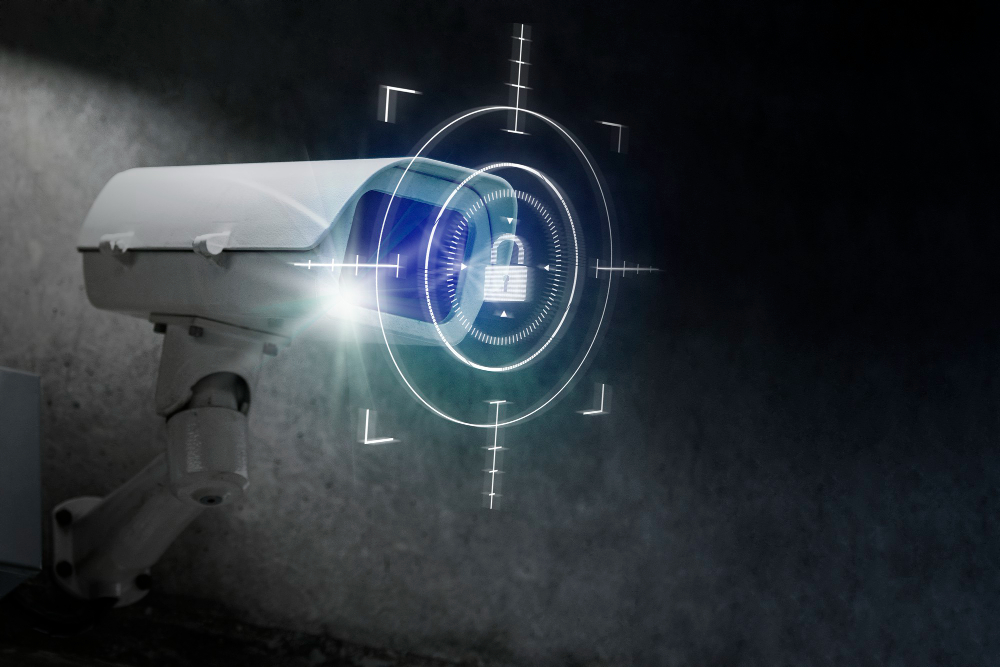RAID Data Recovery
WHAT WE DO
RAID Data Recovery
RAID (Redundant Array of Independent Disks) recovery refers to the process of restoring data from a RAID array that has encountered a failure or corruption.
RAID (Redundant Array of Independent Disks) is a structure relied upon by many businesses. But what is RAID? If you have just one disk, your options are limited. The performance and security of that single disk are fixed according to factory settings and cannot be changed. However, RAID provides a solution to the question: "How can we increase the speed of our system and store our data more securely?" Although implementing RAID may be somewhat costlier, it allows for a faster, more secure computer system, or even both simultaneously. To use RAID, you'll need multiple disks, which in turn increases the cost. If you possess multiple hard drives and desire faster, more secure (or both) operations, you'll need to utilize RAID technology. RAID serves different purposes and comes in various configurations. The commonly used RAID structures today include: RAID 0 (Striping) RAID 1 (Mirroring) RAID 0+1 (Striping + Mirroring) RAID 5 (Striping with Parity) RAID 0: This structure is created with at least two disks. When data is written to the disk, information is divided into fragments and written on different disks. The fragmentation of information reduces the time taken to write to disks. Reading information in smaller fragments also takes less time, significantly enhancing the speed of both writing and reading operations in RAID 0. RAID 1: This setup is formed with a minimum of two disks. While data is written to one disk, an identical copy of the same data is simultaneously written to the other disk. Consequently, if one disk fails, as the same data is preserved on the other disk, data loss is prevented, and the system continues to function. The primary goal here is to prevent data loss and ensure data security. However, this method might not significantly increase speed and could even result in reduced speed. RAID 0+1, also known as RAID 10, offers both speed and data security. It backs up the data divided by RAID 0 using RAID 1. This combination provides both speed and security. A RAID 0+1 system generally requires a minimum of four disks, and the total capacity of the system is half of the total number of disks. Despite its significant benefits, the cost can be quite high. RAID 5: This structure enhances both speed and data security. A minimum of three disks is required. In this system, when data writing begins, the data is initially written on the first and second disks, and simultaneously, the data algorithm is written to the third disk. In the second step, when the data is written to the first and third disks, the data algorithm is written to the second disk. When the data is written to the second and third disks, the data algorithm is written to the first disk. This cycle continues accordingly.

In addition to the commonly mentioned RAID structures, there are other configurations like RAID 2, RAID 3, RAID 4, RAID 6, RAID 50, RAID 51, and RAID 60. RAID structures are usually utilized in servers and data storage devices involving multiple disks. These configurations are established using various disk types such as SATA, ESATA, PATA (IDE), SCSI, ISCSI, AoE, SAS, SSD, FCoE. They can be applied to storage devices including product lines from diverse manufacturers like IBM, Intel, EMC, NetApp, as well as storage devices like SAN and NAS. RAID structures are created using various types of disks such as SATA, ESATA, PATA (IDE), SCSI, ISCSI, AoE, SAS, SSD, FCoE, among others. These configurations are commonly employed in servers and data storage devices containing multiple disks. Additionally, they can be applied to storage devices like product lines from diverse manufacturers such as IBM, Intel, EMC, NetApp, and storage systems like SAN and NAS. In addition to commonly used RAID configurations like RAID 2, RAID 3, RAID 4, RAID 6, RAID 50, RAID 51, and RAID 60, there are other structures available, each presenting different advantages and usage scenarios. At Prozentus, we specialize in addressing thousands of RAID issues and other data recovery problems. From hard disk failures, boot errors, bad sectors, natural disasters, motor issues, surface problems, high voltage, PCB issues, physical damage due to falls or crushing, file deletion or disk formatting, sector rebuilding, errors during disk synchronization, forgotten passwords, user-induced errors, backup issues, directory problems, to complexities within RAID configurations, we have expertise in handling various scenarios. We provide competitive pricing and rapid services round the clock (24/7). Equipped with innovative techniques and cutting-edge equipment, our professional data recovery laboratory addresses RAID issues and other data recovery needs efficiently.
HOW WE WORK
Top Working Process
Lorem ipsum dolor sit amet, consectetur adipiscing elit. Sed imperdiet libero id nisi euismod, sed porta est consectetur.
Determining Drive Type
We begin our data recovery work by determining the type of media the data is stored. Based on the data carrier, we use appropriate tools to begin examining the media.
Diagnosis
Once the media is connected to our systems, we run diagnostic tests and examine the problem with the operating system, file system, memory module(s), and other issues.
Preliminary Report
A preliminary report is prepared regarding the nature of our diagnosis. In this report we tell our customers what needs to be done, in how much time and at what cost.
Contacting customer
We will contact our customer(s) and inform them about our preliminary findings and share with them our diagnosis report. If the customer(s) agrees, we begin working on the media.
Recovering Data
Using the latest data recovery tools and techniques, we will retrieve your data and copy it to a clean hard drive, a USB flash drive or to cloud, based on the amount of data to be saved.
Delivering Data
As soon as the data is saved, we deliver the memory module to the customer in person, via mail, or online, depending on the customer(s)’s choice. We only charge our customers if the data is successfully restored.
The Highest Quality
DATA RECOVERY & FORENSICS SERVICES
Your Trusted Digital Forensics Partner
 English
English
 French
French
 Dutch
Dutch











